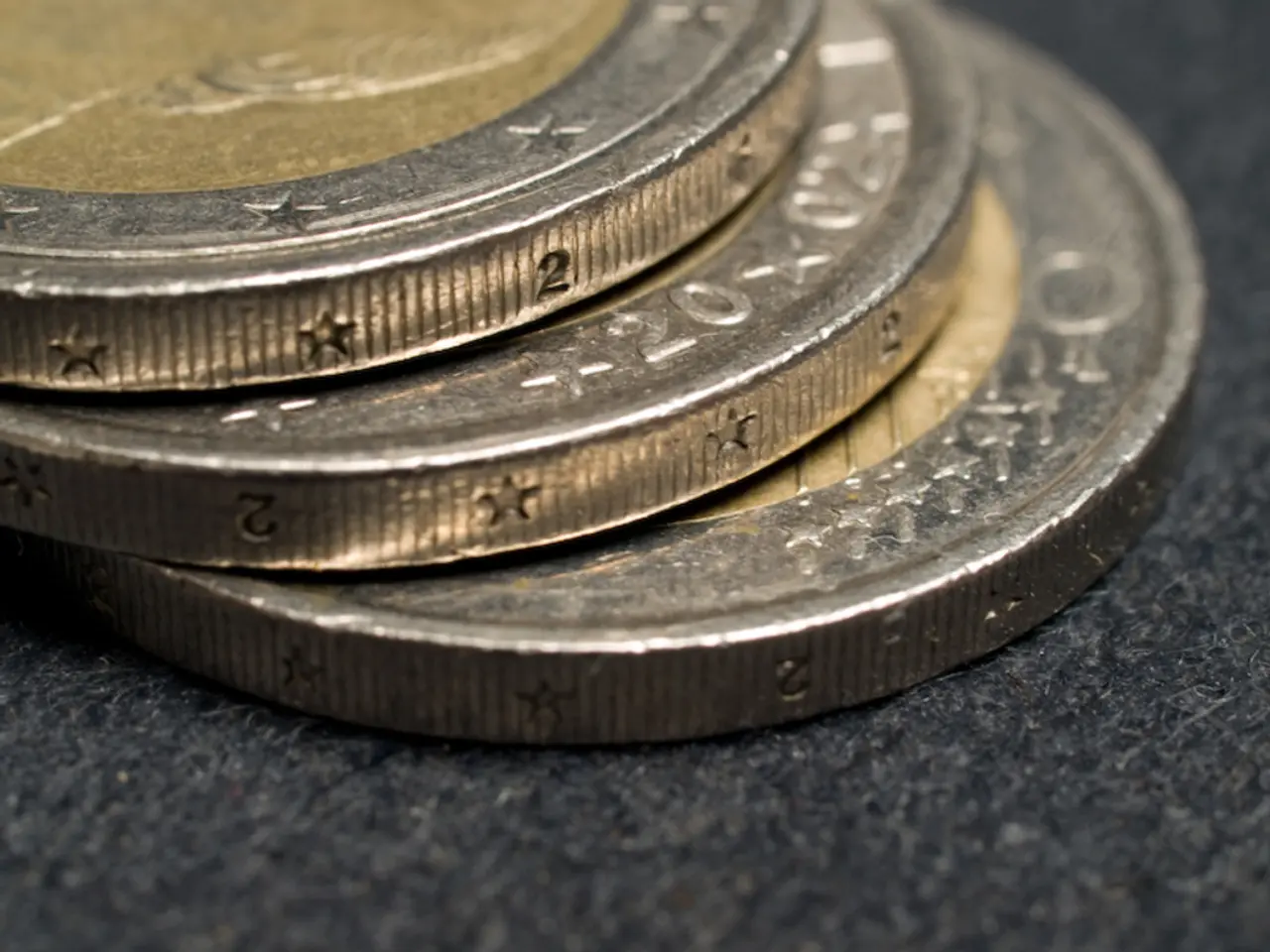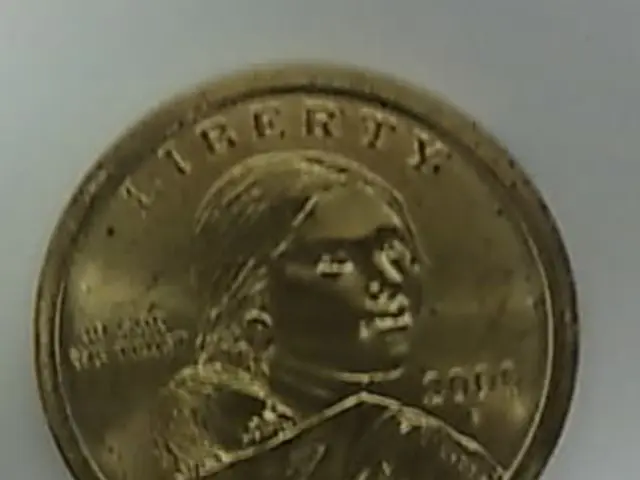Impact of Gold and Silver Derivatives on the Stability of American Banks
In the world of finance, precious metals derivatives have become essential components for major US banks. These financial instruments, based on the value of metals like gold and silver, enable risk management, speculative opportunities, and liquidity in precious metal markets.
The four largest US banks - JPMorgan Chase, Bank of America, Citigroup, and Goldman Sachs - collectively hold over $5 trillion in notional derivative value for precious metals. This substantial figure underscores the significance of these derivatives in their trading operations, risk management strategies, and profit centers.
Precious metals derivatives work as financial contracts whose value derives from underlying gold and silver assets. Leverage involved in these derivatives can create amplified exposure to price movements, posing a significant concern. During extreme volatility, the risk of leverage is compounded by counterparty risk - the possibility that another party in a derivative contract defaults.
The derivative market for precious metals has expanded dramatically over the past decade. This expansion is evident in the September 2025 COMEX, which has shown a significant increase in physical silver delivery contracts, with 12,249 contracts of 5,000-ounce silver deliveries. This increase suggests a growing demand for physical silver in the market.
Despite the sizeable exposure, the OCC categorizes precious metals derivatives as one of the smallest portions of overall derivative exposure. Credit derivatives, total return swaps, options, futures, and forwards comprise the majority. Central bank policies, particularly Federal Reserve interest rate decisions, continue to significantly impact precious metals markets and related derivatives.
Major banks employ sophisticated trading strategies in precious metals markets to generate consistent profits. However, the most significant concern with these derivatives remains the leverage involved, which can create amplified exposure to price movements.
In conclusion, while precious metals derivatives play a crucial role in the banking sector, it is essential to understand and manage the risks associated with leverage and counterparty risk. As these derivatives continue to evolve and expand, so too will the need for careful oversight and risk management.
Read also:
- Deepwater Horizon Oil Spill: BP Faces Record-Breaking Settlement - Dubbed 'Largest Environmental Fine Ever Imposed'
- Historic downtown temples to receive restoration funds totaling over 25 million pesos
- Cars' Environmental Impact Explained
- Lawsuit of Phenomenal Magnitude: FIFA under threat due to Diarra's verdict, accused of player injustice




